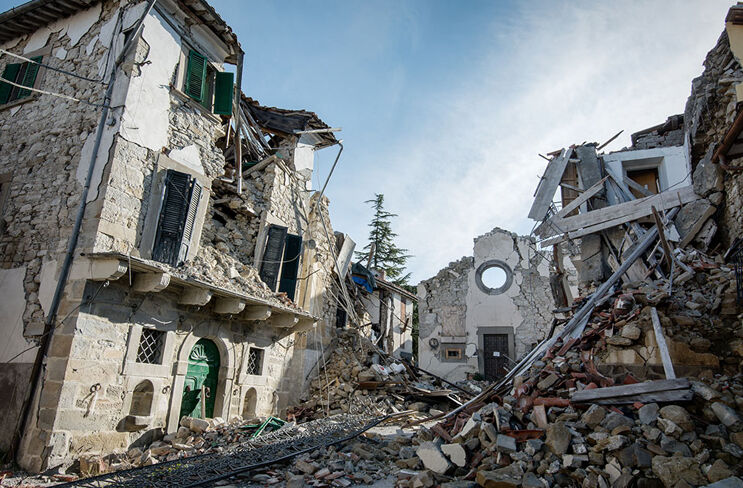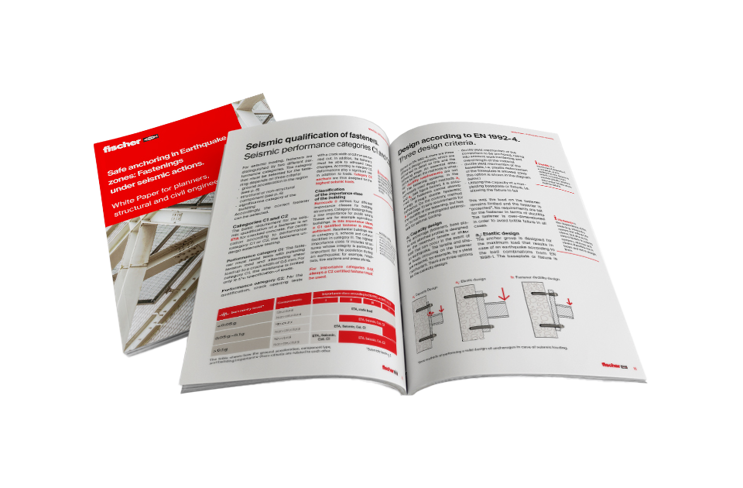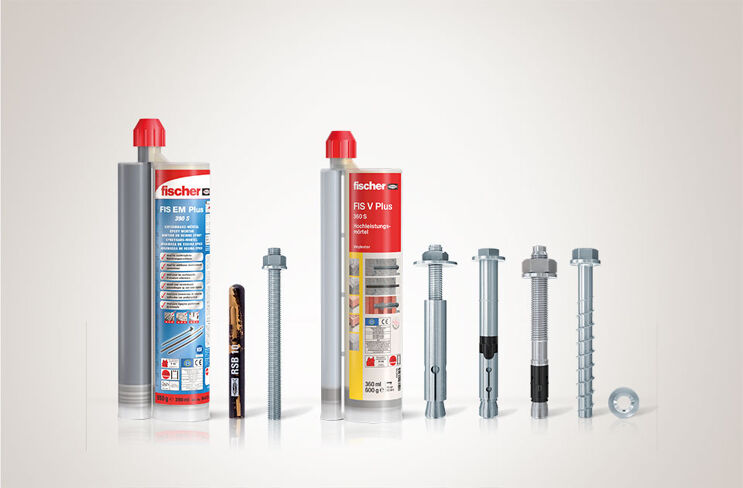Earthquakes aren’t all that rare. Small earthquakes measuring between 3.0 to 4.0 on the Richter scale occur approximately 130,000 times a year around the globe. More devastating earthquakes with a magnitude of 7.0 to 8.0 occur 15 times per year on average. Countries on the eastern Mediterranean Sea, from Italy and the Balkan Peninsular to Greece and Turkey, are affected more frequently than average.
Depending on the magnitude of the tremors, earthquakes can cause landslides, soil liquefaction, floods and tsunamis while damaging electrical and gas lines. Earthquakes can also cause cracks in walls, foundation displacement and broken pipes. It’s not just the stability of buildings that’s impaired by earthquakes. Components that are fastened to buildings (non-load-bearing components) also present a risk to life and limb.

fischer’s white paper on ‘anchorages under seismic loading’ provides answers to key questions about earthquake-proof anchorages:

In order to prevent grave consequences for the public in the event of an earthquake, non-load-bearing building components also require earthquake-proof fastening. The fixing specialist fischer offers a wide variety of products that are suitable for fastenings under seismic loading.
The following products can withstand even high seismic actions:

In general, those installing anchorages under seismic loading must present evidence that the selected products are suitable for the action provided. Structural engineers can provide this evidence for entire projects as well as individual applications with the fischer FiXperience Suite software. In addition to this offline version, there is also a FiXperience Online browser version. Find out which opportunities await you in the C-FIX Online module contained in the software:
Try out the FiXperience Online design programme free of charge now!
Structural engineers will also find competent support from fischer’s Technical Advice Experts, who are available by email (intsupport@fischer.de)
